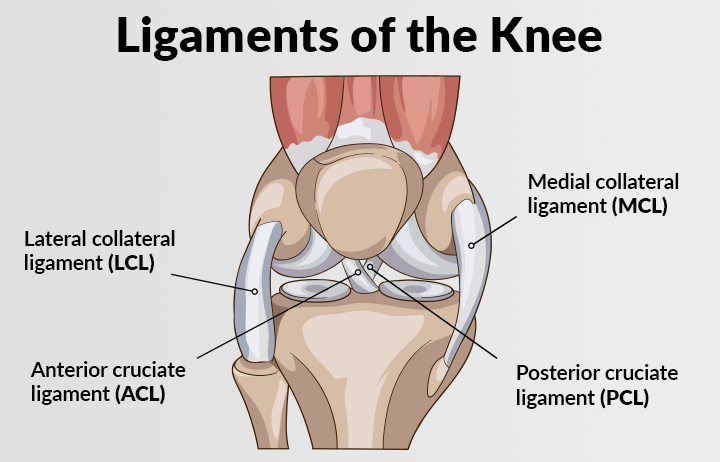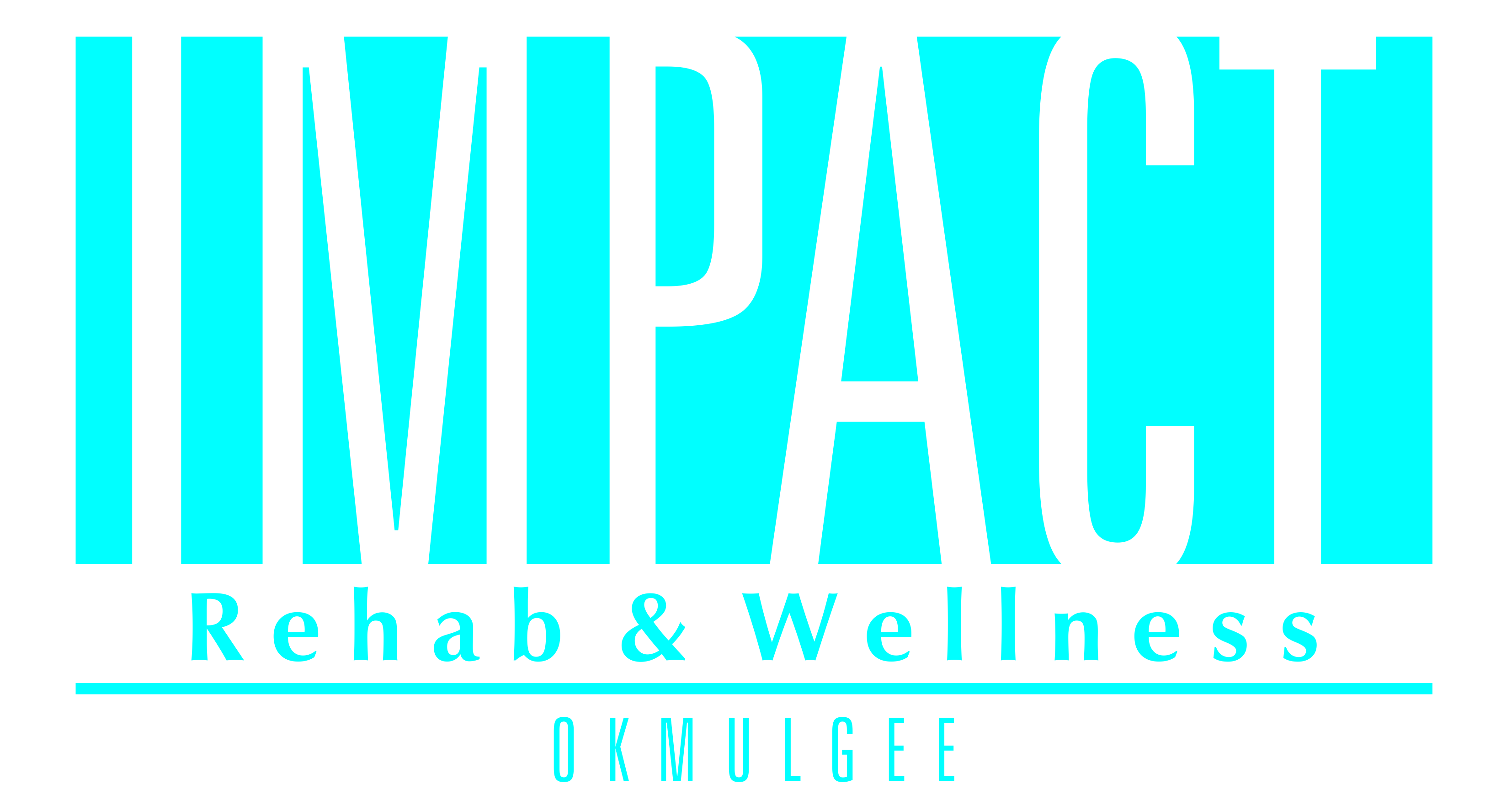Approximately 25% of American adults have experienced knee pain that affects their daily life. The prevalence of knee pain has increased over the past 20 years. Osteoarthritis is the most common cause in individuals over the age of 50.
Knee injuries can occur as the result of a direct blow or sudden movement that strains the knee beyond its normal range of movement. Knee pain can cause difficulty performing activities such as walking, rising from a chair, climbing stairs, or playing sports.
Physical therapists are specially trained to help diagnose and treat pain in your knees. Our physical therapists will help you return to your normal activities without pain or limitation.
What is the knee?
Your knee joint is a hinge joint that connects your tibia (shin bone), and your femur (thigh bone) at the patella (knee cap). There are 4 main ligaments that support your knee joint:
- Anterior Cruciate Ligament (ACL)
- Posterior Cruciate Ligament (PCL)
- Medial Collateral Ligament (MCL)
- Lateral Collateral Ligament (LCL)

Additionally, there are 2 rings of cartilage that act as shock absorbers in your knee. These are called the medial and lateral meniscus.
What causes knee pain?
The most common cause of knee pain is osteoarthritis. Osteoarthritis is a condition that occurs when the cartilage that protects the inside surfaces of your tibia and femur bones gradually wears away. As a result, you experience pain and swelling in your knee. Pain caused by osteoarthritis may occur anywhere cartilage has broken down. This type of pain may begin as mild and progressively worsen. It can become increasingly difficult to walk long distances, fully bend and straighten the knee, climb stairs, or squat to sit in a chair. Additionally, your knee may swell intermittently with increased activity.
Where does knee pain occur?
Knee pain can occur suddenly for no apparent reason or develop slowly as the result of repetitive trauma. It occurs in different parts of the knee. It simply depends on what structures in your knee are involved. Below is a general breakdown of the areas in which knee pain may occur and the structures of the knee that may be involved.
Anterior knee pain:
Also referred to as patellofemoral pain, this is pain around your kneecap (patella) in front of the knee. It’s caused when your kneecap shifts out of position due to bio-mechanical issues or muscle imbalances.
Lateral knee pain:
Pain that occurs on the outside of your knee is lateral knee pain. This pain is a type of overuse injury. It commonly occurs in runners when the tendon, called the iliotibial band (ITB), becomes irritated. You’ll feel lateral knee pain when performing activities such as climbing stairs, walking, or running.
Medial knee pain:
Pain that occurs along the inside of your knee is medial knee pain. When your MCL or medial meniscus become irritated, you’ll experience medial knee pain. This pain is often due to direct injury or overuse. You’ll feel medial knee pain while squatting, walking up or down an incline, or going down stairs.
Ligament tear:
Your ligaments can tear as a result of a direct blow to your knee. Also, it can tear when twisting or pivoting your knee while your foot is planted on the ground. Immediate pain and swelling usually occur. Your knee may feel unstable—like it will “give out”—when you attempt to put weight on the injured leg.
How can a physical therapist help?
Based on the findings of your evaluation, your physical therapist will develop a customized rehabilitation program to ensure a safe return to your desired activities. There are several ways our physical therapists can help you recover. Physical therapy treatments for knee pain may include:
- stretching
- strengthening
- balance training
- gait training
- joint mobilization/stabilization
- heat or ice
- ultrasound
- electrical stimulation
- athletic taping
Additionally, your physical therapist will work with you to create a comprehensive home exercise program. This will help you maintain your quality of life beyond your physical therapy sessions.
Depending on the extent of your knee pain and your unique medical history, physical therapy may be a very effective non-surgical means of treatment. For issues like meniscal tears and mild to moderate osteoarthritis, studies have shown that physical therapy can improve your quality of life, and in some cases, prevent surgical intervention.
However, if you and your doctor decide that surgery is the best option for you, physical therapy can still be an essential part of your road to recovery both before and after surgery.
What are the benefits of pre-surgical physical therapy?
Your physician may choose to send you to physical therapy prior to surgery for a variety of reasons. The goals of your pre-surgical physical therapy could include strength development, education, and development of a home exercise routine.
Research shows that many patients who participate in prehab sessions with a physical therapist have faster surgical recovery times. Also, they need less intensive therapy afterwards. The stronger and more educated you are before surgery, the stronger, more mobile, and more confident you will be after. Click here for some simple exercises to help with knee pain.
What are the benefits of post-surgical physical therapy?
You may be referred to physical therapy after any type of knee surgery, whether it is an arthroscopic procedure or a partial or total joint replacement. Physical therapy will help you regain your mobility and improve your strength and balance. Additionally, you’ll learn how to walk without an assistive device and advance your home exercise program. Finally, after you’ve completed physical therapy, you’ll be able to get back to your previous work, family, and recreational activities.
If you’d like to see how our physical therapists can help you, give us a call! We can schedule you a complimentary 15 minute screening.
